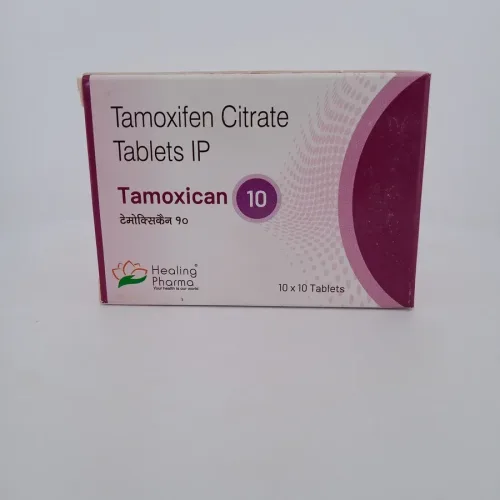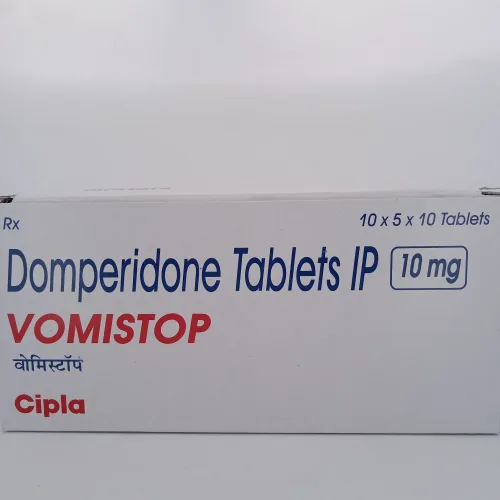we are committed to ensuring complete customer satisfaction.
Welcome to the new AIPCTSHOP! Better design, smoother checkout, and the same reliable delivery you trust.
$0.00
Cart TotalNo products in the cart.
Exclusive Products
$35.00 Original price was: $35.00.$31.50Current price is: $31.50.Add to cart










